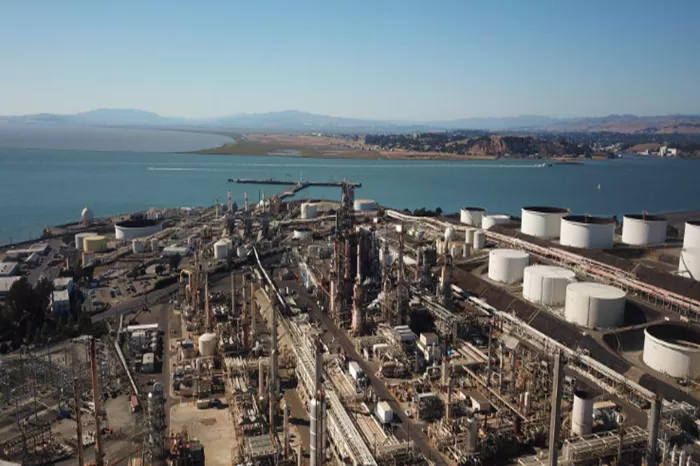On October 16, 2024, Phillips 66 announced its decision to close operations at its Los Angeles-area refinery by the fourth quarter of 2025. The move comes shortly after California Governor Gavin Newsom signed a law imposing additional regulations on refineries. Although Phillips 66 denied a direct connection between the law and the refinery’s closure, industry observers suggest that California’s regulatory environment has played a significant role.
The closure is expected to impact around 600 employees and 300 contractors, with broader implications for California’s gasoline production, which is already stretched. This shutdown will cut the state’s fuel production by approximately 8%, potentially exacerbating supply constraints.
Impact on the Oil Industry
Despite the company’s spokesperson, Al Ortiz, downplaying the connection between the closure and Governor Newsom’s legislation, the development is the latest in a series of tensions between California’s oil industry and its aggressive environmental policies. This announcement follows Chevron’s August 2024 decision to relocate its California headquarters to Texas, a move attributed to the state’s stringent regulations and climate policies. Chevron CEO Mike Wirth highlighted concerns over California’s business environment, warning that the state’s approach discourages investment and poses risks to its economy.
California’s Regulatory Landscape
California has long imposed some of the strictest environmental regulations in the U.S. The state mandates a unique gasoline formulation known as California Reformulated Gasoline (CaRFG), designed to reduce harmful emissions but costly to produce. These additional costs are passed on to consumers, contributing to the state’s higher-than-average gasoline prices. California’s Low Carbon Fuel Standard (LCFS) and Cap-and-Trade program add further financial burdens on refineries, requiring them to invest in cleaner technologies and purchase carbon credits to offset emissions.
While these regulations aim to reduce the state’s carbon footprint, they create operational challenges for refineries. Higher production costs, limited fuel supply flexibility, and frequent price spikes have become unintended consequences of California’s regulatory framework.
Unintended Consequences and Price Volatility
One key challenge of California’s unique fuel standards is the difficulty of sourcing gasoline from other regions during supply disruptions. Other states produce different gasoline blends, making it hard to import fuel in the event of an accident or refinery shutdown. This lack of flexibility often leads to price spikes, as refiners take advantage of reduced supply and higher demand. The result is volatility in gasoline prices, further exacerbating the burden on consumers.
Despite efforts to control these price increases, including lawsuits against oil companies and additional legislative measures, California’s relationship with the oil industry has grown increasingly strained. Refiners have responded by either scaling back operations or, in the case of Chevron and Phillips 66, choosing to exit the state.
A Growing Exodus and California’s Future
The closures and relocations of major oil companies underscore the tension between California’s environmental goals and economic realities. As the state pushes forward with its ambitious climate agenda, the consequences for its fuel supply and consumer prices are becoming more pronounced.
Phillips 66’s decision to cease operations, along with Chevron’s relocation to Texas, reflects a growing trend of companies opting to leave California due to its complex regulatory environment. As these moves further tighten the state’s fuel supply, they are likely to lead to even higher prices for consumers.
As California continues to lead the charge on climate policy, it faces a critical challenge: finding a balance between environmental progress and economic stability. The ongoing exodus of oil companies from the state serves as a reminder that ambitious climate goals must be carefully weighed against their potential economic impacts.
Related topic:

